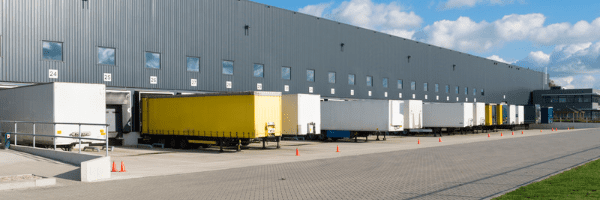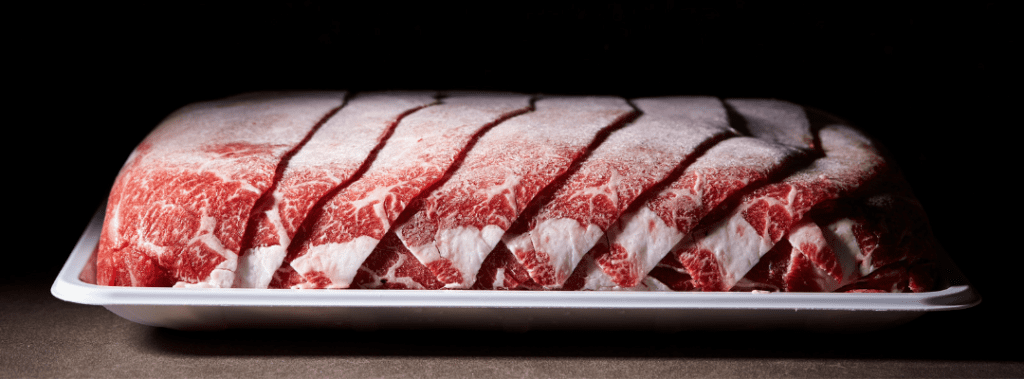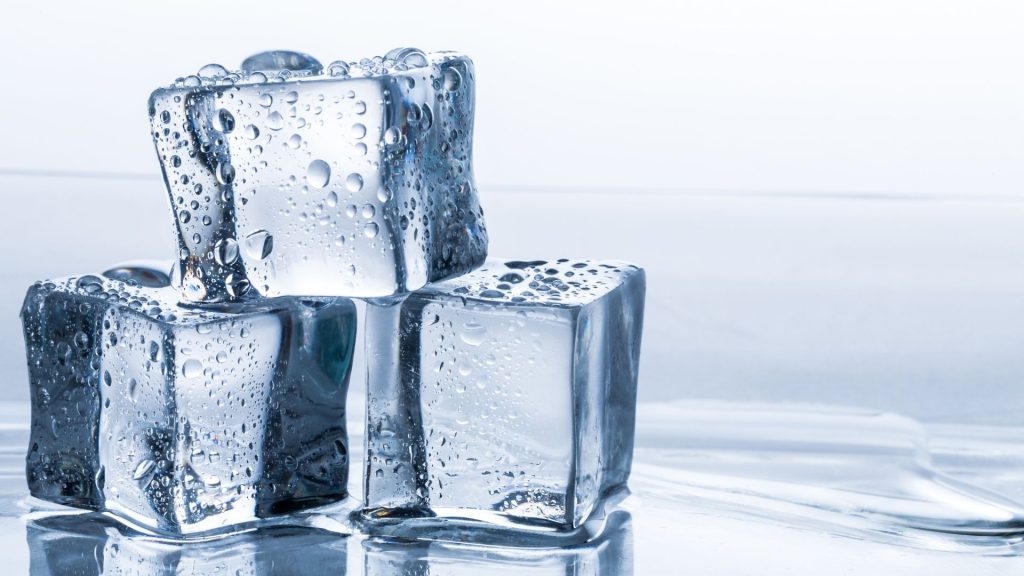
Tips On Shipping Frozen Meat
When shipping frozen meat, having a reliable and effective method for temperature control is essential. This helps ensure that the product is kept at a safe temperature during transit. This is especially true for frozen meat, as cold temperatures are required to keep the meat fresh.
Packaging
To ensure the shipping process is successful, it is important to choose a shipping method that offers temperature control. This could include using insulated containers, temperature-controlled shipping services, or other methods. Additionally, it’s important to ensure the packaging materials used are designed to keep the temperature consistent.
By taking the necessary steps to ensure proper temperature control, it is possible to safely and effectively ship frozen meat. From the moment the product leaves your premises, until it is delivered safely, the temperature of your meat shipment must be kept at a specified temperature to prevent products from spoiling.
Methods
Perishable meat and poultry must be kept colder than 40° F at all times in order to prevent the rapid growth of bacteria. Maintaining a proper temperature helps guard against the growth of germs that can cause illnesses.
When it comes to your shipping frozen meat, it’s important to package your products using the right meat packaging supplies. The most preferred method for shipping is using insulated box liners, which provide numerous advantages over other forms of temperature-control packaging, such as molded coolers. Along with proper insulation, we recommend using cold gel packs for shipping perishable foods such as meat, fish, and pharmaceuticals.
Keep it Cool
Using frozen gel packs eliminates the hassle of dealing with hazardous materials and their labeling requirements. However, they won’t maintain frozen meat at freezing temperatures, so the refrigerant must be colder than the payload. Cold packs are optimal for shipping foods or dangerous goods.
Gel Packs
It’s ideal to test ship with cold packs to identify how many packs and ounces per pack are required to keep shipments sufficiently cold. Considerations include available space for cold packs and goods, as well as insulation panel thickness for cardboard boxes.
FedEx® recommends that you package perishables for a minimum transit time of 30 hours and ship them via FedEx First Overnight®, FedEx Priority Overnight®, or your preferred freight. The best shipping container for cold packages and storage is a two-inch thick urethane insulated box, which has been tested to lose only 5 pounds of cold or heat for a 10-quart storage volume every 24 hours.
When packing items in the container, it is important to ensure that the product and any gel packs are placed as close together as possible to minimize the amount of cold or heat lost through the insulation. Additionally, it is important to ensure that the lid of the container is sealed tightly, as any gaps may allow cold or heat to escape.
If possible, the container should be placed in a shaded area or insulated bag. Direct sunlight or heat can increase the rate of heat loss. Finally, if the product is likely to take a long time to ship, it is important to use multiple gel packs. This ensures the product stays cold throughout transit.
Dry Ice
If using dry ice, be sure to pack that on top in order to regulate the inner temperature. Fill any empty space with wadded newspaper, styrofoam peanuts or bubble packs, as any dead-air space will cause the Ice Cold Gel Packs and dry ice to sublimate faster. Use one pound of gel ice pack per cubic foot for every 24 hours your package is in transit.
Cold shipping may not be new, but with the advancements made by the Ice Cold Gel Pack team can help make your shipping process much more effective, efficient and accessible, which is good news for any business.

Cold Storage Warehouse Logistics In Los Angeles
Evo Logistics’ cold storage facility is over 32,000 square feet and consists of four separate coolers. This modern temperature controlled warehouse is able to monitor and store our customer’s temperature sensitive products.
Providing The Following Handling Needs:
- Palletizing
- Re-Weighting
- Re-gelling
- Re-packaging
- Re-icing
- Dry Storage
- Cold Storage
- Cross-docking
- Quality Report Inspections
The team at Evo Logistics understands the importance of being committed to ensuring the quality of their customer’s product. Their dedicated staff are trained to monitor and operate around the clock 24 hours a day, 365 days a year.





